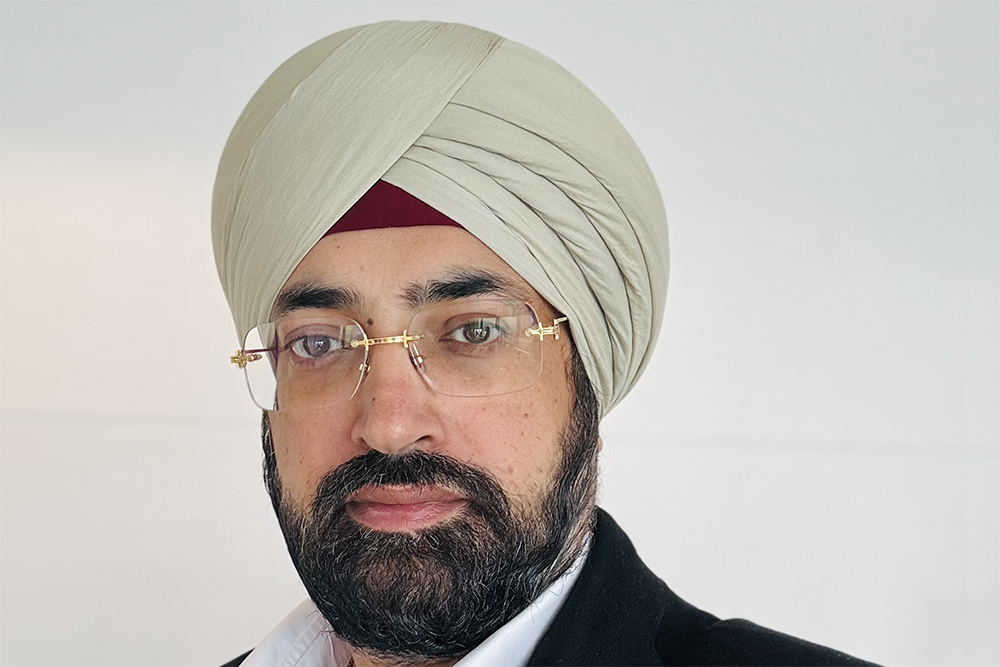In conversation with ET Edge Insights, Saurabh Agarwal, Vice President & General Manager at Avery Dennison, speaks about his company’s 25+ years of journey in material science and manufacturing. The organisation specialises in the designing and manufacturing of a wide variety of labelling and functional materials.
“Part of the larger ecosystem of packaging, “begins Agarwal. The company firmly believes that the two factors redefining their space are sustainability and digitisation. “Historically, packaging has always been the villain because it contributes largely to the damage that happens to the environment, but consumption would be impossible without packaging,” says Agarwal. This is where perhaps Avery Dennison comes in, keeping sustainability at the core of every innovation. Through their products, they are able to make their packaging more intelligent. Previously, the role and features of packaging were limited to storage, attractiveness, and transfer; now it goes above and beyond, encompassing tracking, product security, consumer engagement, and more.
The company runs on three strong pillars:
– Aspire: How can you aspire to solve the problems that our customers and our customer’s clients are facing?
– Discover: How can you identify these problems from the ecosystem?
– Mobilise: Make it all about the culture.
They are one of the first companies in the industry to publish their 2030 sustainability goals. Sustainability forms the core of everything that happens at Avery Dennison. From sourcing to recyclable content, from reducing Scope 1 and 2 emissions by 70% to being 95% landfill-free, their sustainability plan is robust. “For instance, the labels of glass bottles can completely come off now, enabling a new recycling process. That is the kind of innovation we are looking at,” he adds.
Shedding light on the CSR objectives of the company, Agarwal speaks about the different rungs of stakeholders and the various objectives set for them; first, it’s the customers, then the employees, followed by the community in which they operate as well as the shareholders. Working with some NGO partners, they run community centres near their manufacturing plants. Working with schools is also a part of their CSR activities.
There is a lot that can be done if challenges are looked at as opportunities, Agarwal believes. “We follow the mantra that we will only worry about the things that we can control and not waste time on anything that we can’t,” he concludes.


